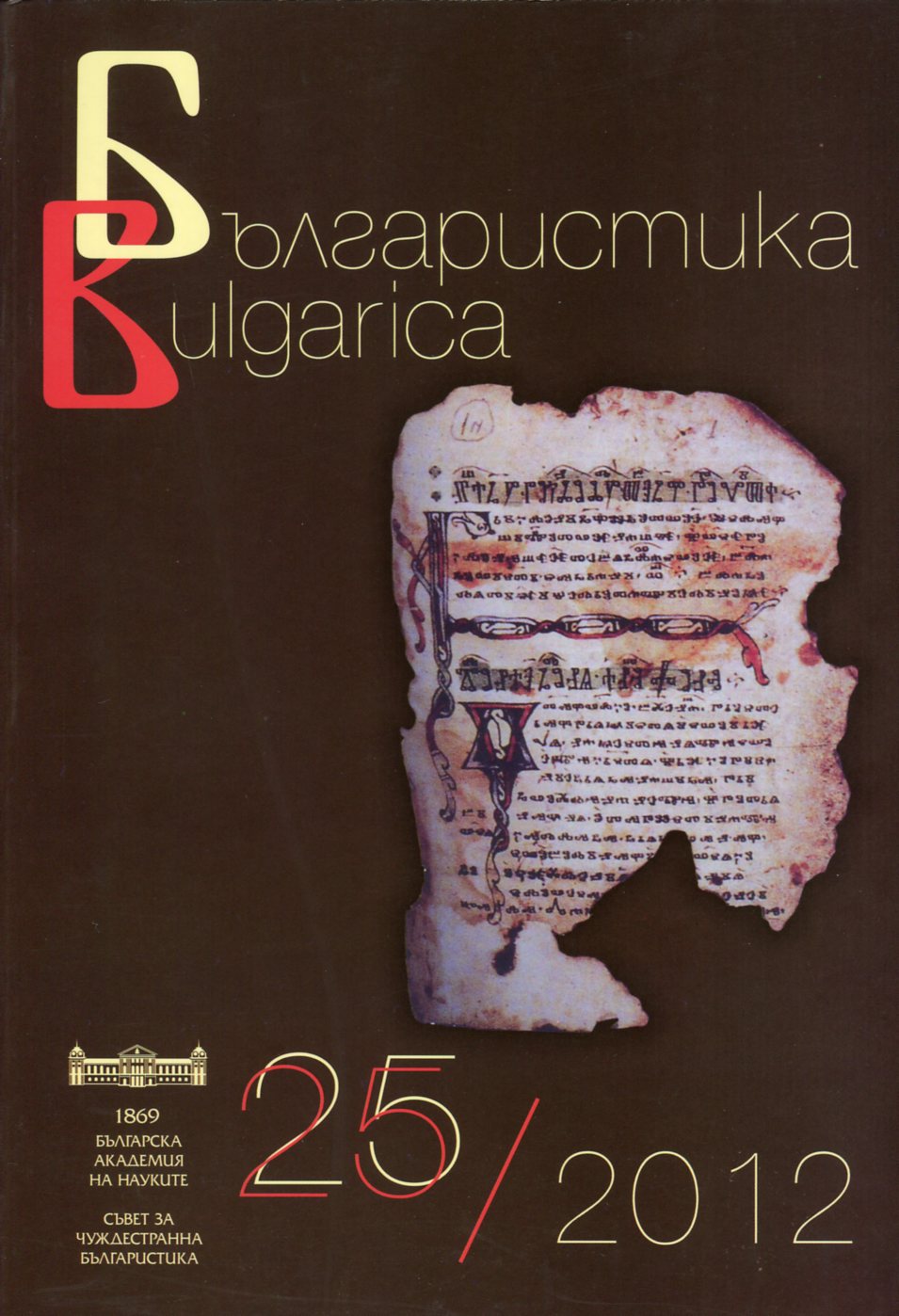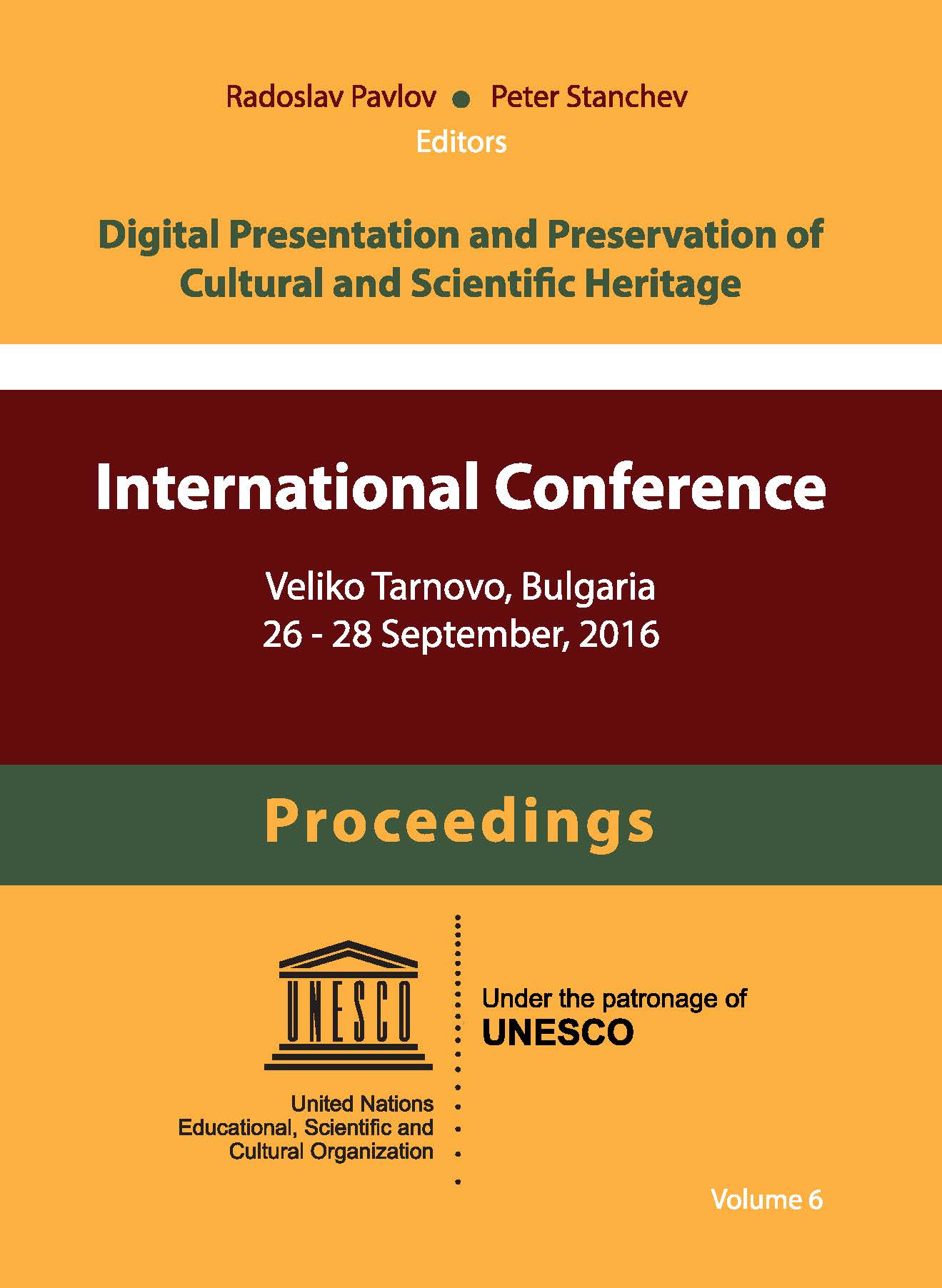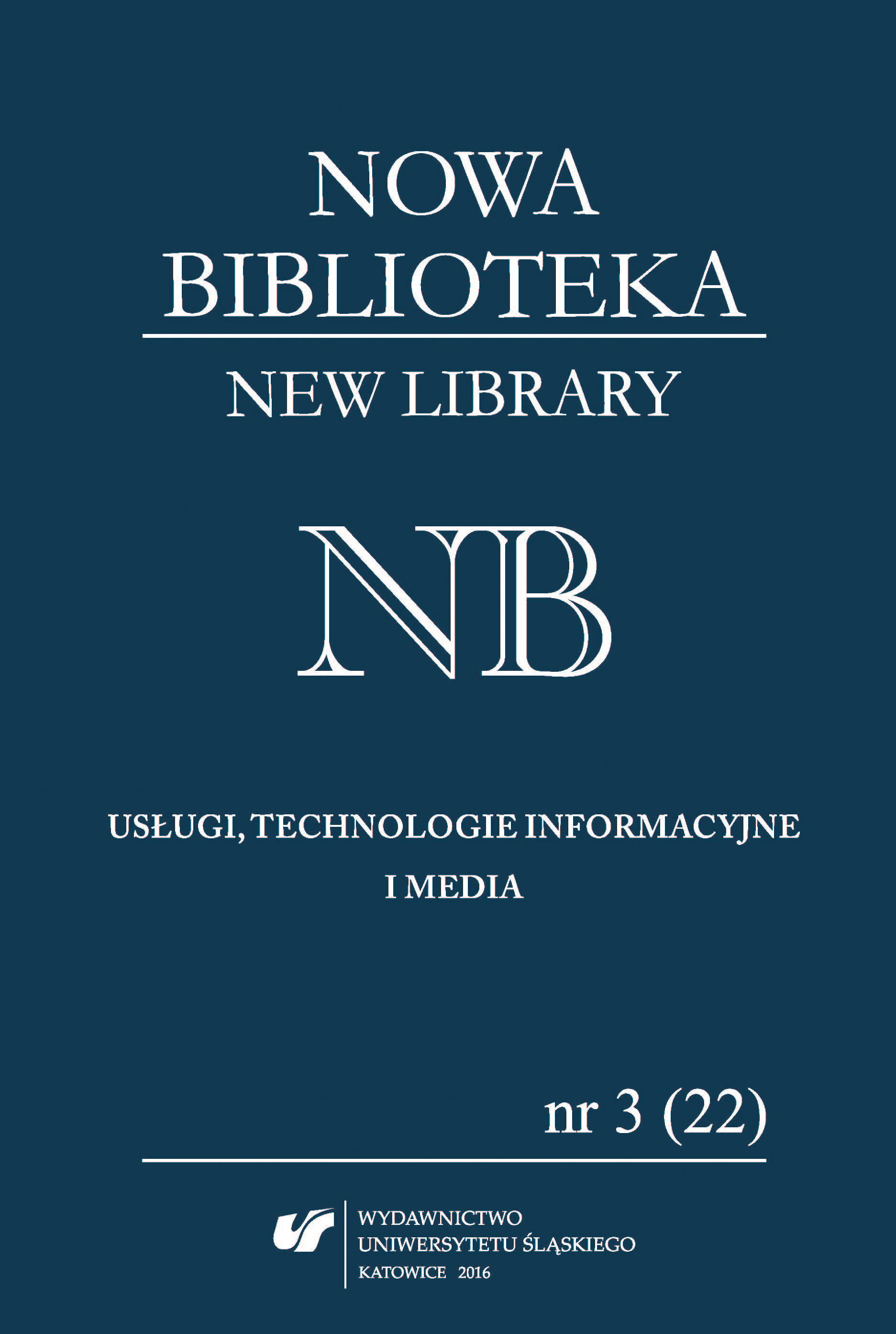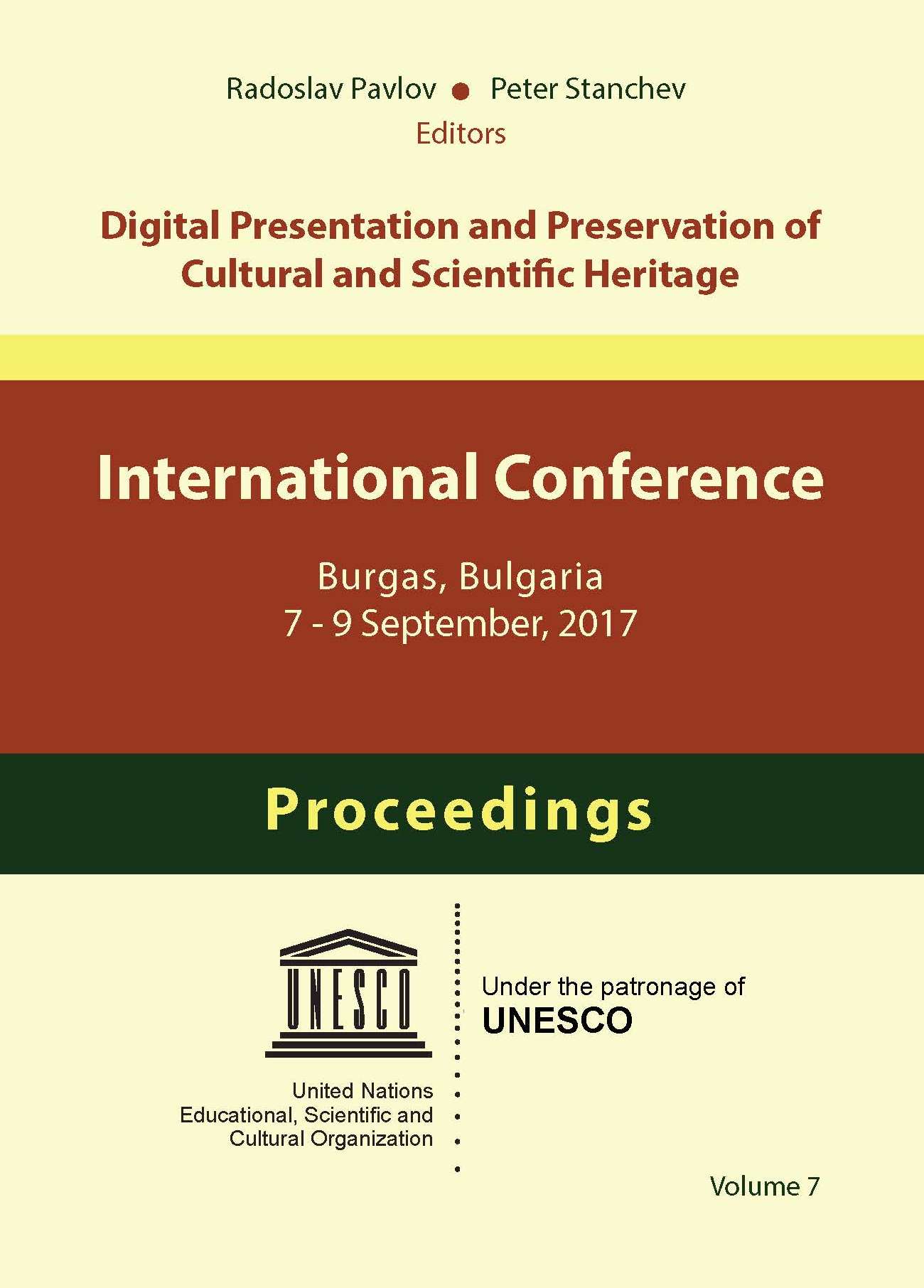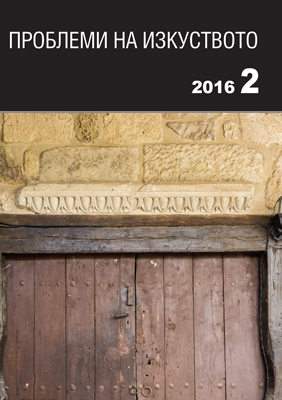
Опазване на фондове, съхраняващи писмено културно наследство
Written cultural heritage is being preserved mainly in the funds of libraries and museums. Depending to the scientific or cultural area of interest, archival and literary movable cultural properties are being attributed to it. These are manuscripts, incunabula, rare and valuable books, archival documents, periodical editions in the periods 1844-1878 and 1878-1944, rare and valuable editions in different languages dating from 100 years ago, photographs, postal cards, graphics, prints, lithographs, printed maps, posters, watercolor and pastel painting. Deterioration of these monuments is due to the processes of natural aging and physic-chemical destruction of the paper on which they are written, printed or painted, but also due to the way of preservation and usage. In order to protect and preserve the written cultural heritage it is necessary to constantly conduct comprehensive set of activities, including periodic inspection in order to establish the status of the monument or collection; carrying out conservation and restoration processes; creating optimal conditions for preservation and conducting processes of reformatting of the information to another medium in accordance to the requirements imposed by laws, regulations, standards. In reality, however, researches has shown that in general the majority of requirements are not being followed or are unknown to those who are in direct contact with the monuments of the written cultural heritage while performing their specific activities.
More...
